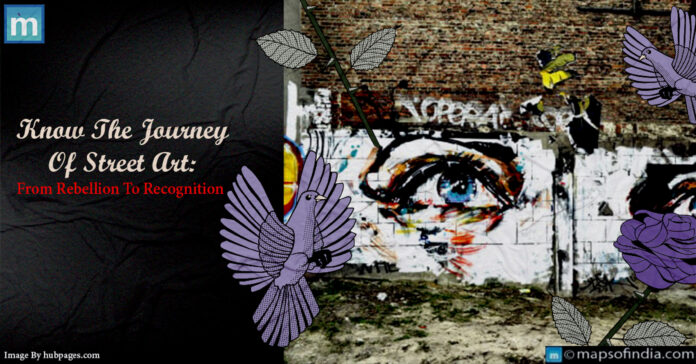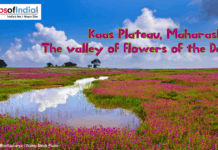Street art has come a long way from being a rebellious act of defiance to becoming a respected form of artistic expression and social commentary. The dynamic art form has evolved over centuries, mirroring societal shifts and the timeless human desire to make a mark.
From Ancient Scribbles to Modern Murals
Street art’s origins date back to ancient times. Early humans painted hunting scenes and rituals on cave walls, creating the first examples of this art form. In ancient Rome and Greece, citizens inscribed graffiti on buildings, conveying political messages and even advertisements.
The street art we recognize today started in the 1970s in New York City. During this time, street gangs used spray paint to mark their territories with simple tags and symbols. This practice gradually became more artistic, with figures like Taki 183 and Dondi White creating intricate murals on subway cars, turning them into moving art galleries. This period, known as the “Wild Style” era, they created a subculture where creativity flourished amidst urban decay.
Techniques and Styles: The Evolution of Street Art
As street art gained popularity, artists began exploring various techniques and styles. Stencil art, popularized by Blek le Rat in Paris, allowed artists to produce detailed works quickly and repeatedly. Keith Haring’s bold, graphic figures became emblematic of pop art, while Shepard Fairey’s “Obey Giant” series challenged societal norms.
Wheatpasting, a technique where artworks are printed on paper and then pasted onto walls, provided an inexpensive and accessible way for artists to display their creations. Yarn bombing, which involves wrapping urban fixtures in colorful yarn, introduced a playful and interactive dimension to street art.
From Vandalism to Valued Art: Changing Perceptions
Initially, street art was seen as vandalism and an eyesore. However, as the talent and creativity of street artists became more apparent, public opinion shifted. City councils commissioned murals to revitalize neglected areas, fostering community pride and transforming urban landscapes. Street art festivals celebrated these urban artists, drawing tourists and boosting local economies. Museums and galleries began to exhibit street art, blurring the lines between traditional “high” art and this once-underground movement.
Street Art As A Voice For Social Change
Street art has evolved into a powerful medium for social commentary. Artists use it to highlight social injustice, political corruption, and environmental concerns. Banksy’s satirical pieces critique consumerism, while Ganzeer’s murals in war-torn regions advocate for peace. Street art provides a platform for voices that might otherwise be ignored, sparking conversations and encouraging action.
The accessibility and immediacy of street art make it an effective tool for igniting public discourse. Murals addressing social and political issues challenge the status quo and engage the community in important conversations.
Embracing Technology and Expanding Horizons
The advent of social media has brought street art to a global audience. Artists can now share their work instantly, fostering collaboration and the exchange of ideas across borders. New digital tools, such as augmented reality, are being used to create interactive street art experiences, further pushing the art form’s boundaries.
Street art is poised to continue evolving, incorporating new technologies and embracing innovative approaches. Despite these changes, the essence of street art remains unchanged: it is a powerful medium for artistic expression and social commentary. As our world continues to change, street art will remain a vibrant and integral part of the urban landscape, reflecting the dynamic nature of our society.
Street art’s journey from rebellion to recognition is a testament to its enduring impact and relevance. It beautifies our cities and challenges us to think critically about the world around us. Whether through a simple tag or an elaborate mural, street art remains a voice for the voiceless and a mirror of our ever-evolving world.




